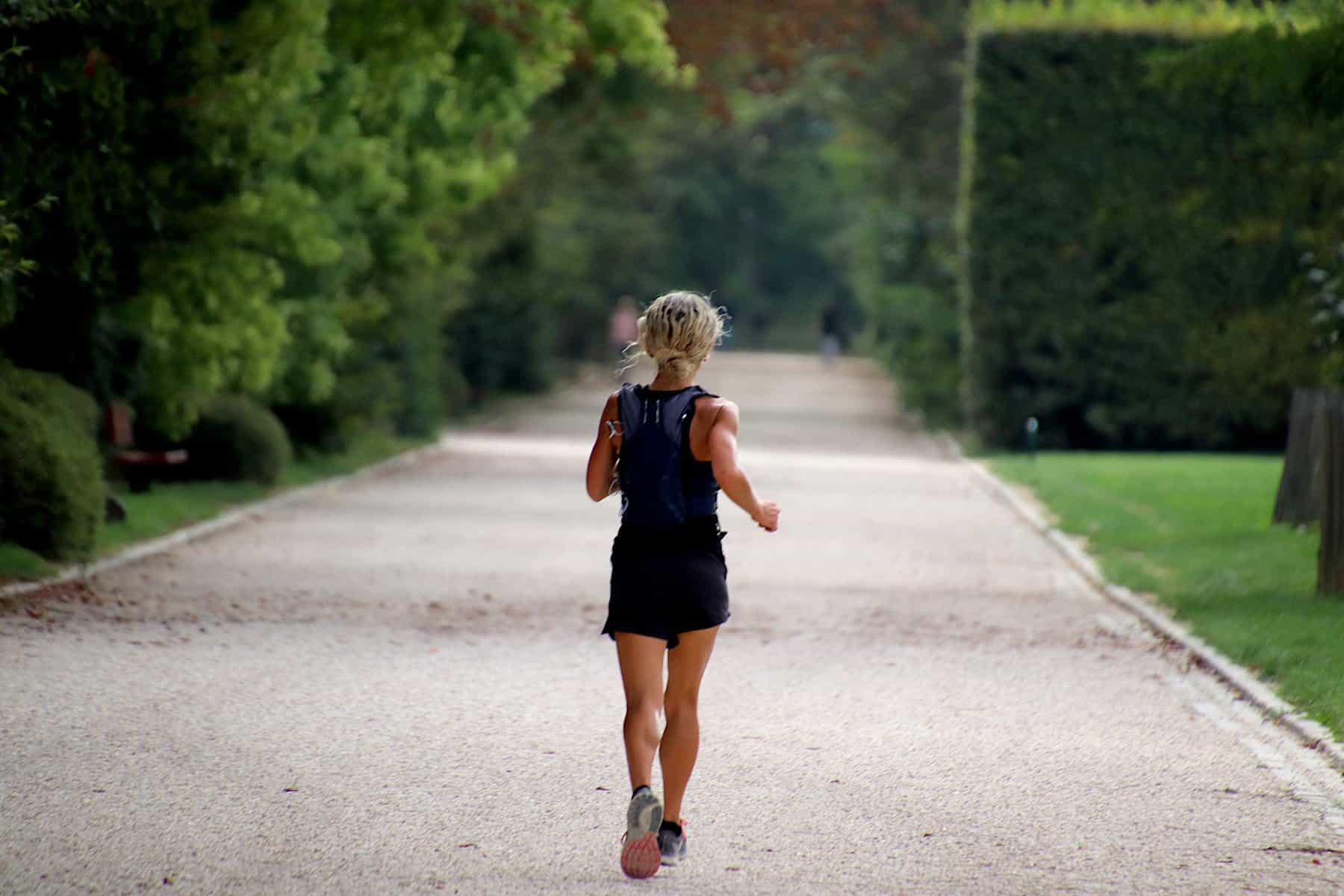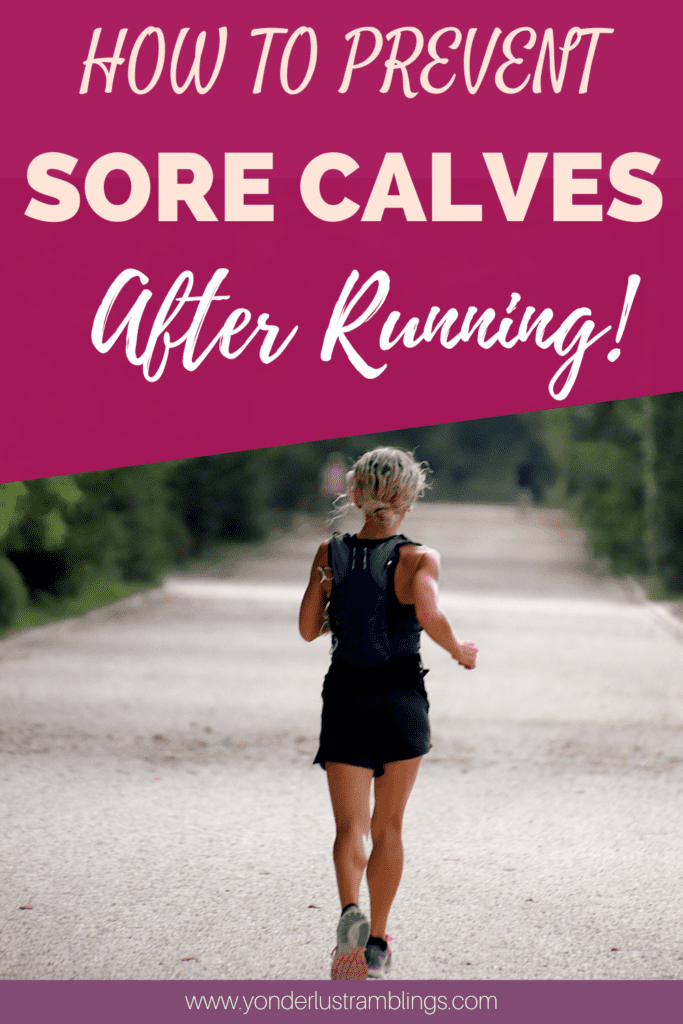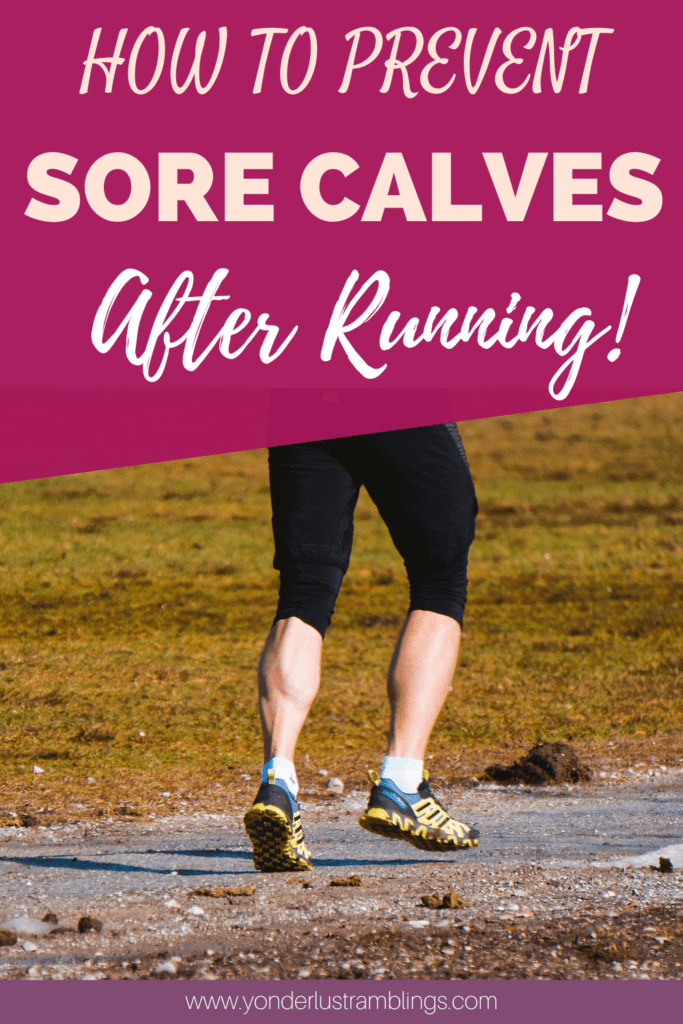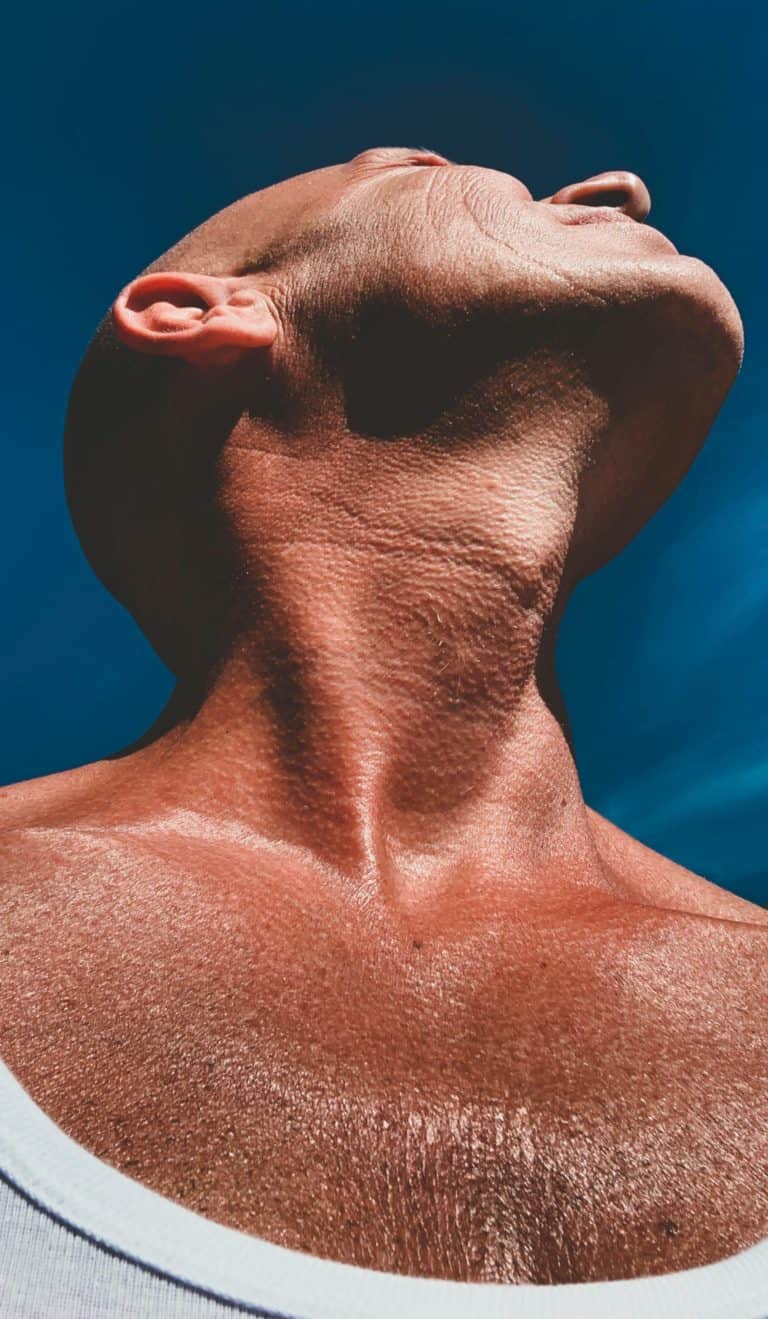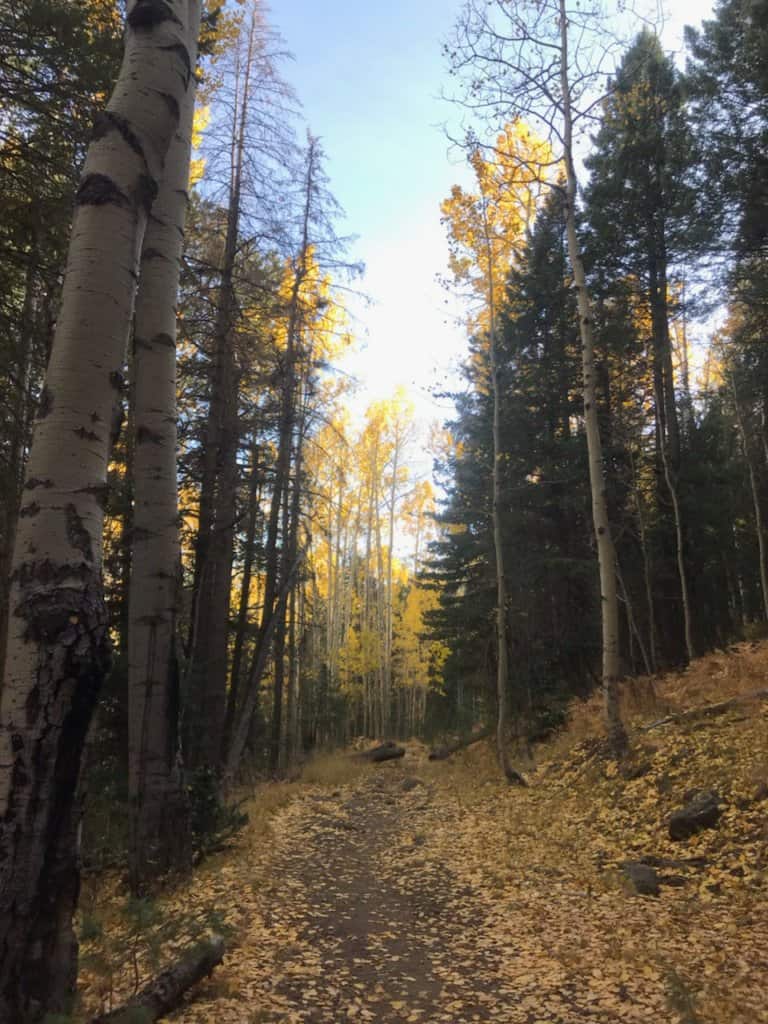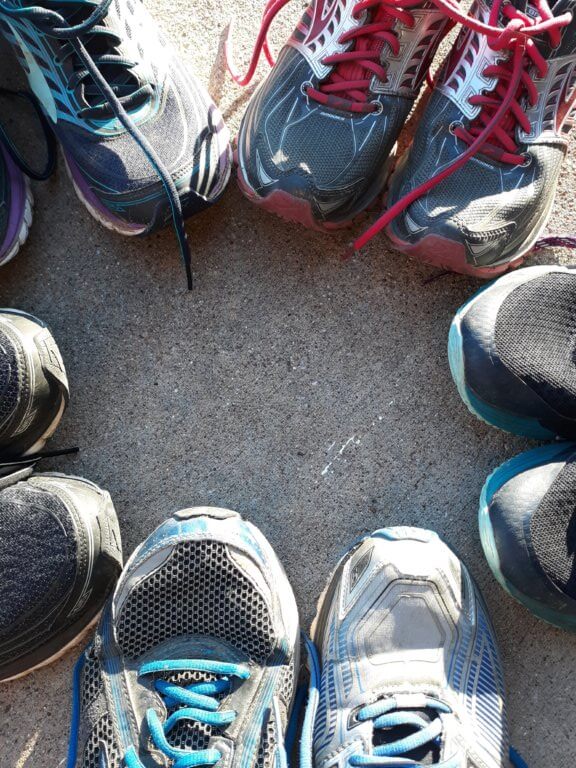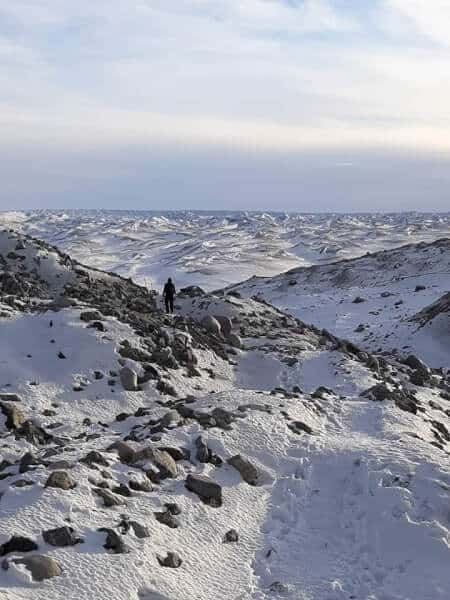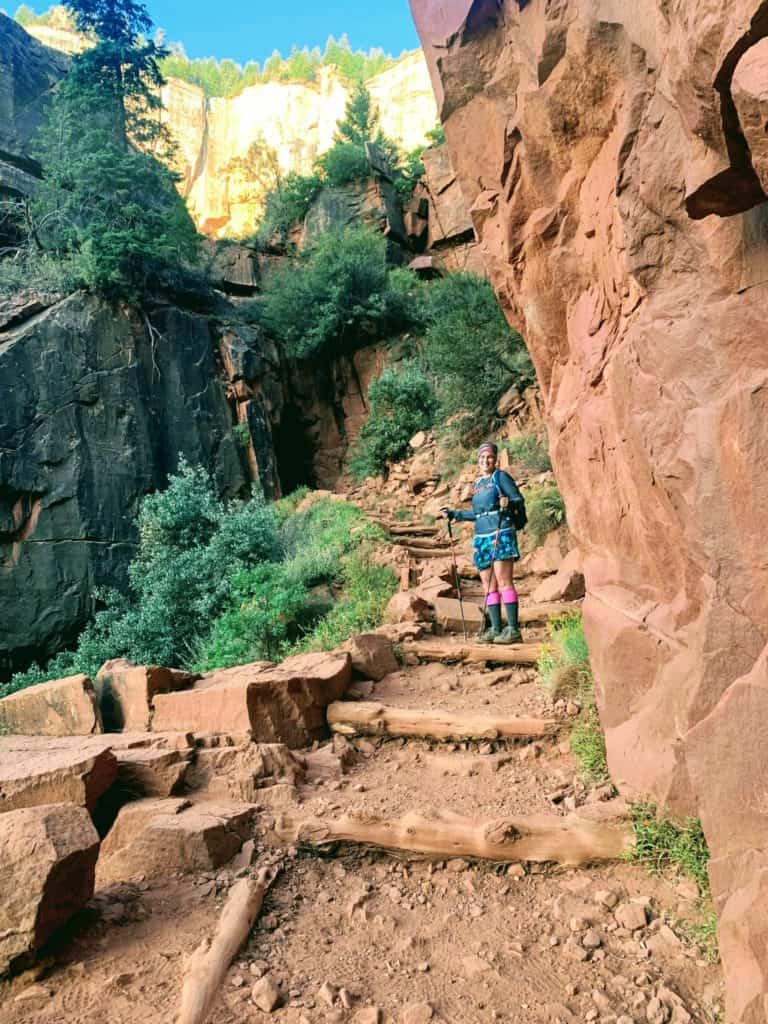What Causes Sore Calves After Running, and How To Prevent It
While there are undeniable benefits and joys that come with running, there are also the occasional setbacks and obstacles. One of the most common setbacks among runners is injury, and one of the most common injuries that runners find themselves dealing with is sore calves after running. This guide will explore what causes sore calves, and the simple, straightforward, and proactive things you can do to PREVENT sore calves after running!
Disclosure: Below are some affiliate links-these are all products I highly recommend. I won’t make any recommendations on this page that I haven’t tested or personally used for my own half marathon training schedule for beginners plan!
Table of Contents
Guide to Understanding and Preventing Sore Calves After Running
This guide includes:
- Background on the Calf Muscle
- Common Causes of Sore Calves After Running
- What You Can Do To Prevent Sore Calves After Running
- What to Do If You Continue Getting Sore Calves After Running
- Why is Calf Strength So Important for Runners
- What Special Gear Do You Need to Help Prevent Sore Calves?
Background on the Calf Muscle
The calf muscle, officially known as the gastrocnemius muscle, is the muscle found on the back of the leg, running from the back of the knee down to where they connect to the heel. Most people will experience occasional sore calves, but for runners, it can be a pretty common occurrence to deal with sore calves after running. This guide will help to explain:
a.) what causes sore calves after running
b.) proactive ways to prevent sore calves after running
Common Causes of Sore Calves After Running
When determining what may be causing sore calves after running, the number one factor is usually: CHANGE! Some form of change to the running routine can often cause sore calves, for new and experienced runners alike.
- Running for the first time
- Running after an extended amount of time off
- Running in a new or different shoe
- Running with increased speed
- Running increased mileage
- Running on a different surface – softer terrain like grass or sand allow your feet to sink more, which increases the range of motion in the ankle, which in turn can put more force on the calf muscles.
- Running more hills
- Occasionally, sore calves after running can be caused by simple things like dehydration from not properly hydrating before a run, or lack of a proper warm up. Be sure to have a proper pre-run regimen in place, which includes proper fueling for running, proper hydration, and warming up before a run.
What You Can Do to Prevent Sore Calves After Running
There are a handful of proactive ways to treat sore calves after running. The great thing about the following strengthening exercises is they can be done anywhere, even from the comfort of your own home, with no specialized equipment, and in just a couple minutes a day!
- Massage and/or Foam Rolling – can be done daily, especially after running
- Stretching the calf muscle – can be done daily
- Strengthening – through muscle exercises like:
-
- Heel Drops (off the edge of a curb, platform, or stair)
- Straight and/or Bent Knee Calf Raises
- Jumping Calf Press
- Jump Rope
- Hill Workouts
- Ankle Rolls
- Hopping
-
***These strengthening exercises above can be done daily or several times a week to help prevent sore calves after running.
- Progress in longer distances gradually (check out how I do this in my 16 week half marathon training calendar and 16 week marathon training calendar)
- Progress in intensity and speed gradually
- Consider shortening your stride
- Hydrate consistently before, during, and after your runs
***Help keep track of your OWN hydration with this water tracker checklist!
I’m An Experienced Runner, But Still Get Sore Calves After Running! What Can I Do?
While it is very common for new runners, especially those participating in a training program for the first time, to get sore calves after running, but if you are an experienced runner who has not added in any major new changes to their running regimen lately, then it is more likely that you need to focus on strengthening those calf muscles, in order to decrease the occurrence of sore calves.
Continue to do daily strengthening exercises like the ones listed above, including heel drops, straight or bent knee calf raises, jumping calf presses, jump rope,hill workouts, ankle rolls, and hopping.
If you continue to experience sore calves after running, you may need to examine your running form, or consider whether you are running in the right shoe. Both of these factors can be examined with a visit to a local running store, where your running form and gait can be examined, and a proper running shoe recommendation can be made. Overstriding and certain foot striking can be causes of sore calves after running. It may be helpful to consider shortening your stride. Again, a visit to a running store can help address potential issues with form or running shoe.
Also, make sure that overuse is not an issue, and give yourself plenty of rest in your regular running routine.
If you are training for a long distance run, like a half marathon or marathon, be sure to build in rest as part of your weekly running regimen, like my own 16 week half marathon training calendar, and 16 week full marathon training calendar.
Why Is Calf Strength So Important?
As evidenced above, calf strength is important in just about every daily part of your life, from running to walking to tiptoeing. For runners, however, there are even more specific benefits to improving calf strength, and reducing the occurrence of sore calves after running. The benefits of calf strength for runners include:
- Running faster
- Running longer
- Maintaining a more consistent pace when running
Do I Need Special Gear to Help Prevent Sore Calves When Running?
From a gear and accessories perspective, there are some things you can invest in that will help decrease the likelihood of encountering sore calves after running.
- Invest in a good running shoe
- Purchase a foam roller to use regularly to massage your calf muscles
- Purchase an inexpensive jump rope for calf strengthening exercises
- If you don’t have access to stairs or a curb, purchase a platform like this one for heel drop strengthening exercises
Be Sure to Check Out These Other Running Resources to Help You Stay in Peak Performance!
At Home HIIT Workout Programs You Can Do In Less Than 30 Minutes!
What to Eat the Night Before a Long Run
17 Training Tips for Running a Half Marathon Race
How to Confidently Conquer Running Uphill!
16 Week Marathon Training Plan for Beginners
16 Week Half Marathon Training Plan for Beginners
PIN for LATER!

